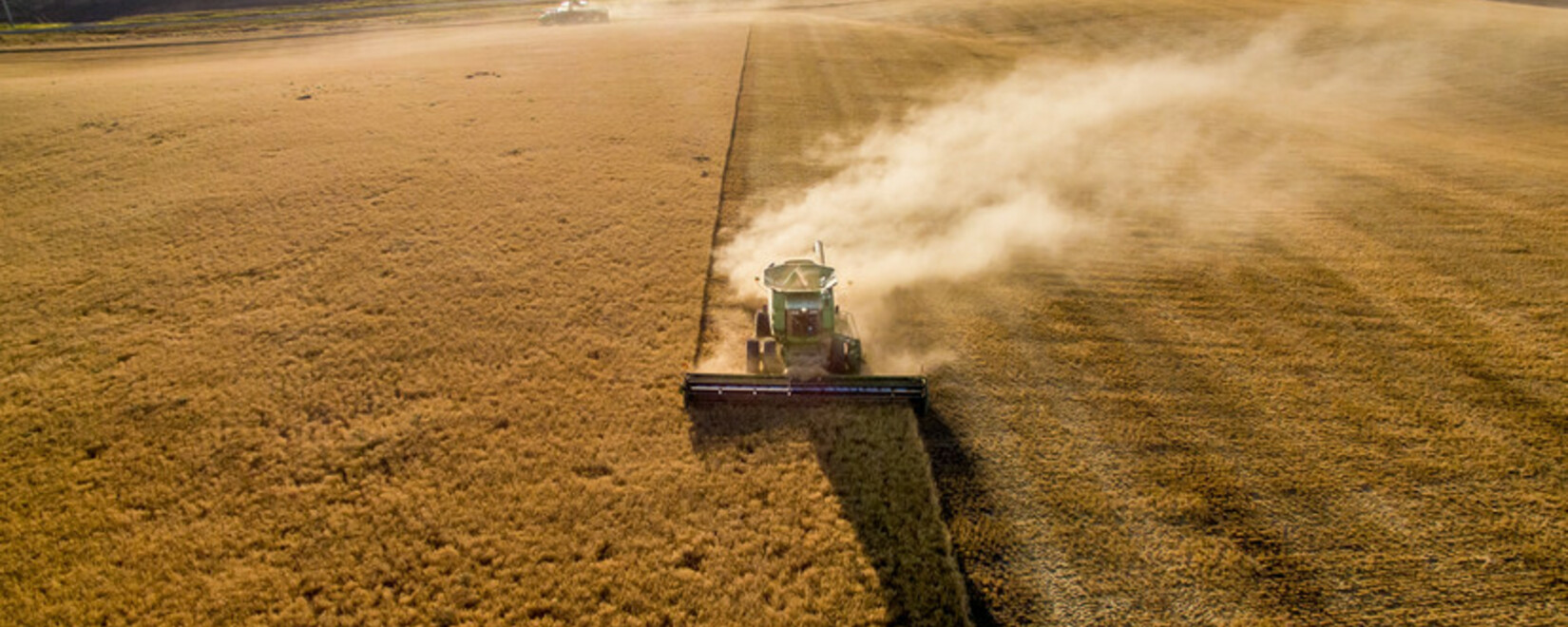An additional quota for the export of grain from the Russian Federation has been formed in the amount of 814 thousand 813.557 tons, according to the order of the Ministry of Agriculture.
The distribution of this quota among exporters is also contained in the order posted on the agency's website, Interfax reports.
The quota was formed on the basis of exporters' statements about the reduction of their previously received shares in the total quota. The total quota provided for the period from February 15 to June 30, 2023 at 25.5 million tons has not changed.
As reported, the government adopted a resolution according to which the grain export quota will be divided into the main and additional parts.
As Minister of Agriculture Dmitry Patrushev said on the sidelines of the St. Petersburg International Economic Forum, the decision was made to optimize the mechanism for export quotas and maximize the use of quotas. It provides for the possibility of voluntary renunciation of tariff quotas or part thereof, a reduction factor provided for the following periods and distribution of an additional part of the quota.
"The waiver of tariff quotas provides an opportunity for exporters to voluntarily reduce their quota if they believe that the volumes allocated to them are excessive and they will not be able to fully master them before the start of the next season," he explained.
In subsequent years, applications for quota waivers will be accepted from April 1 to April 20, and the final decision on reducing quotas will be made before May 1.
"The main part of the tariff quota will be distributed, as before, according to the historical principle before the start of the quota period. At the same time, from next year, a reduction coefficient equal to the percentage of the quota sample in the previous period will be calculated for each exporter," Patrushev said. the company this year will choose 90% of the volume allocated to it, in 2024 it will proportionally receive 10% less.
According to him, starting from 2024, the additional volume of the quota will consist of three parts: 10% of the total quota, plus the volume "released" as a result of the application of the reduction factor, as well as the volume formed from refusals.
As the minister clarified, exporters who have already been allocated the main part of the tariff quota on a historical basis will be able to apply for an additional part. “Together with the Ministry of Industry and Trade, we will evaluate the unlicensed balance of the main part of the quota of each exporter at the time of application, and based on this balance and the volume specified in the export contract, the additional part will be distributed in accordance with the calculated need,” he said.
Thus, if an exporter has to supply 100 thousand tons of grain under an export contract, and he retains the unlicensed balance of the main part of the quota in the amount of 50 thousand tons, he will receive an additional part in the amount of 50 thousand tons. At the same time, the additional part of the tariff quota cannot exceed 45% of the volume of the main part of the quota distributed to the applicant in the current season.
According to the minister, the developed mechanism will help to significantly increase the degree of selection of tariff quotas, encouraging the most active exporters, and will not allow the less active to inefficiently dispose of the volumes allocated to them.
The Russian Federation began to quote grain exports in 2020. Restrictions were introduced from April 1 to June 30 and amounted to 7 million tons. From February 15 to June 30, 2021, a new quota was in effect, its volume amounted to 17.5 million tons. Unlike the previous one, it became a tariff and was distributed according to the historical principle. In 2022, the quota was 11 million tons, including 8 million tons of wheat. In 2023, the quota is 25.5 million tons. At the end of 2021, the government decided to introduce an annual grain export quota from February 15 to June 30. It does not apply to the countries of the EAEU.

 Trading platform
Trading platform 
 Monitoring
Monitoring  Express applications
Express applications 
 Fork Work
Fork Work 
 Service
Service  News
News  Directory
Directory 
